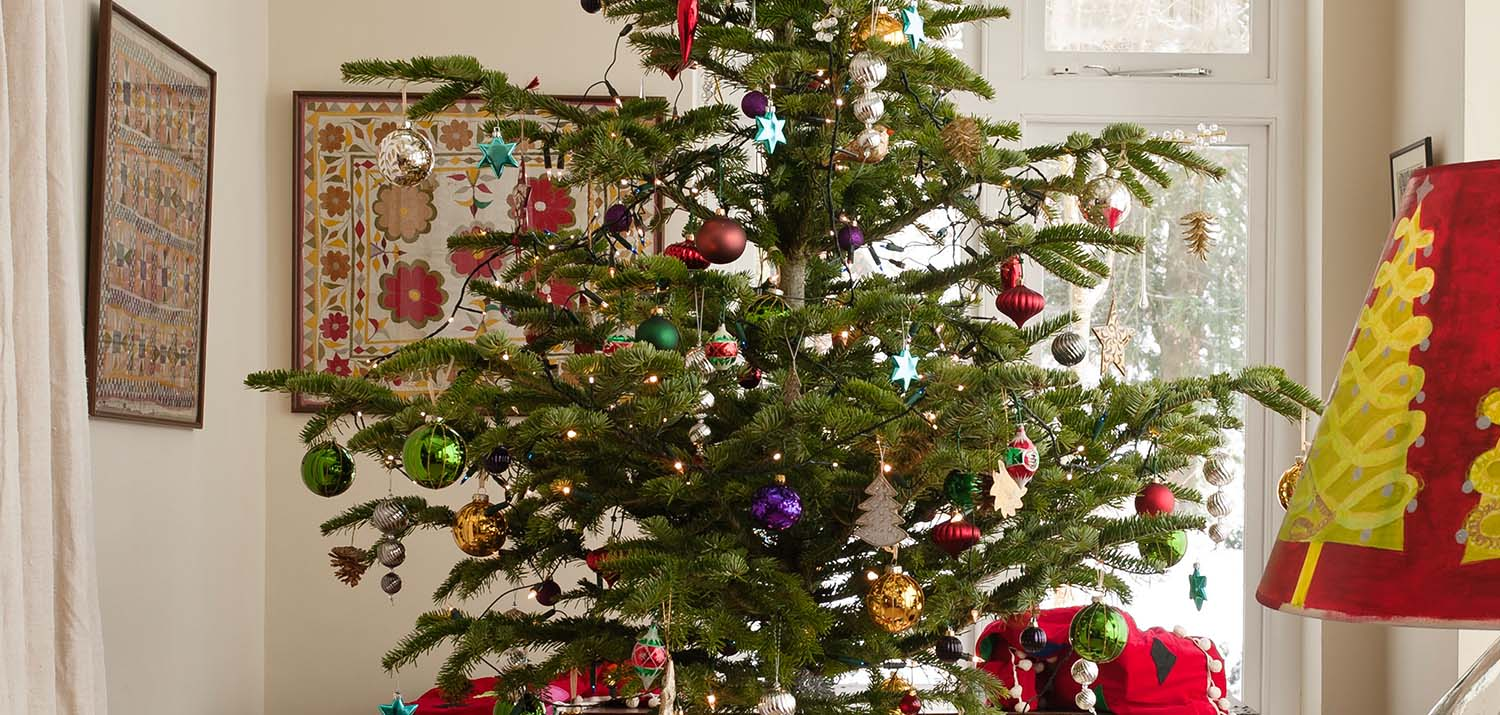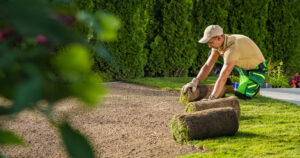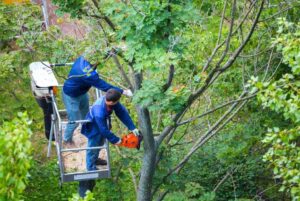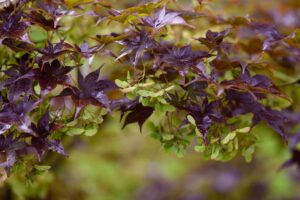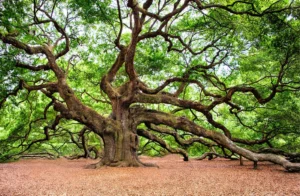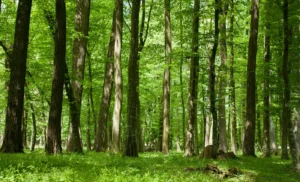How Long Does a Christmas Tree Last?
The holiday season brings with it many beloved traditions, and for many American families, selecting and decorating a Christmas tree stands at the center of festive celebrations. Whether you’re a first-time tree buyer or a seasoned decorator looking to maximize your tree’s lifespan, understanding how to properly care for your Christmas tree can save you money and extend your holiday enjoyment.
Understanding Christmas Tree Longevity
When properly cared for, a fresh-cut Christmas tree can last between 3-6 weeks indoors. However, several factors affect how long your tree will maintain its freshness, fragrance, and needle retention.
Factors That Affect Your Christmas Tree’s Lifespan
Not all Christmas tree varieties are created equal when it comes to longevity. Some species naturally retain their needles longer and maintain freshness better than others.
| Tree Species | Average Indoor Lifespan | Needle Retention | Fragrance Level | Price Range (US Market) |
|---|---|---|---|---|
| Fraser Fir | 4-6 weeks | Excellent | Strong | $65-120 |
| Douglas Fir | 3-4 weeks | Good | Medium | $55-100 |
| Balsam Fir | 3-5 weeks | Very Good | Very Strong | $60-110 |
| Scotch Pine | 3-4 weeks | Excellent | Mild | $50-90 |
| Blue Spruce | 2-3 weeks | Fair | Mild | $60-100 |
| Noble Fir | 4-6 weeks | Excellent | Medium | $75-150 |
| White Pine | 3-4 weeks | Good | Very Mild | $55-95 |
Freshness at Purchase
The fresher your tree is when you bring it home, the longer it will last. Trees that have been cut weeks before purchase and left to dry out will have a significantly shorter lifespan in your home.
Indoor Environment
Your home’s conditions play a crucial role in tree longevity:
- Temperature: Cooler rooms extend tree life
- Humidity levels: Higher humidity helps trees stay fresh
- Placement: Trees placed near heat sources dry out faster
How to Select a Long-Lasting Christmas Tree
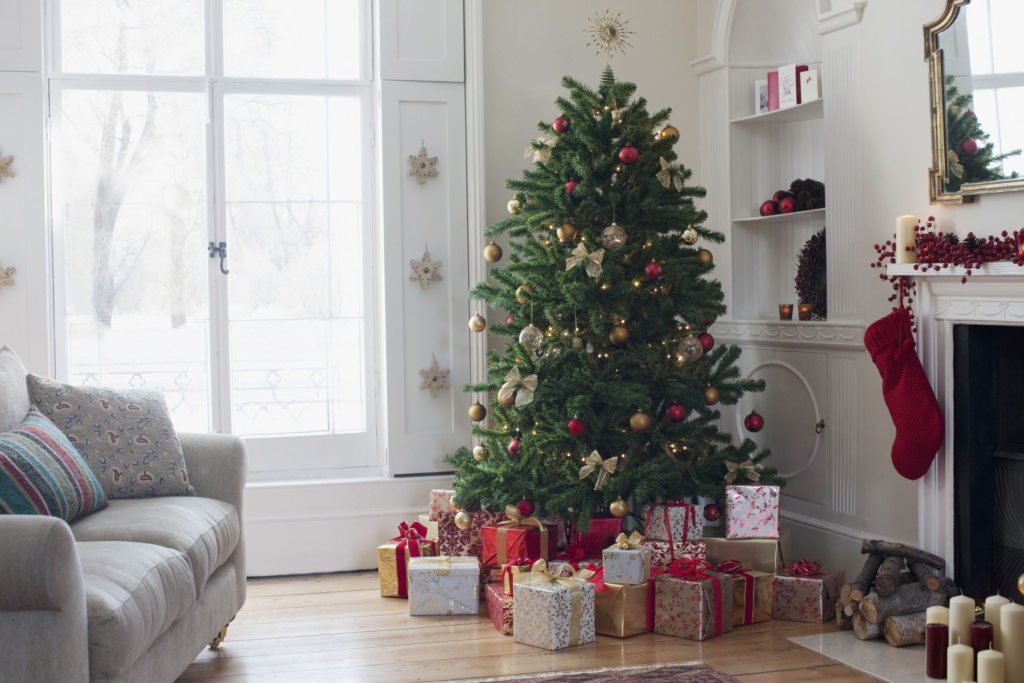
Fresh Tree Indicators
When shopping for your perfect Christmas tree, use these techniques to ensure you’re selecting the freshest option:
- Needle Test: Gently grasp a branch and pull your hand toward you. Fresh trees should retain their needles when you do this.
- Bounce Test: Lift the tree a few inches off the ground and drop it on its stump. If a shower of needles falls, the tree is already drying out.
- Flexibility Check: Fresh branches should be flexible, not brittle. Try to bend a small branch – it should bend without breaking.
- Fragrance Assessment: A strong, fresh pine scent indicates a recently harvested tree.
According to the U.S. Department of Agriculture, selecting native tree species adapted to your local climate can ensure better quality and freshness. You can learn more about regional Christmas tree varieties on their Forest Service website.
Where to Buy
Your purchasing location can significantly impact tree freshness:
Christmas Tree Farms
- Freshest option with cut-your-own service
- Trees maintain maximum freshness
- Supporting local agriculture
- Average cost: $45-75 depending on size
Local Garden Centers
- Generally receive regular fresh shipments
- Staff often knowledgeable about care
- Trees typically 3-10 days from cutting
- Average cost: $55-90
Big Box Retailers
- Convenience and extended hours
- Variable freshness depending on supplier
- Often less expensive
- Average cost: $40-80
- Trees may be 1-3 weeks from cutting
Maximizing Your Christmas Tree’s Lifespan
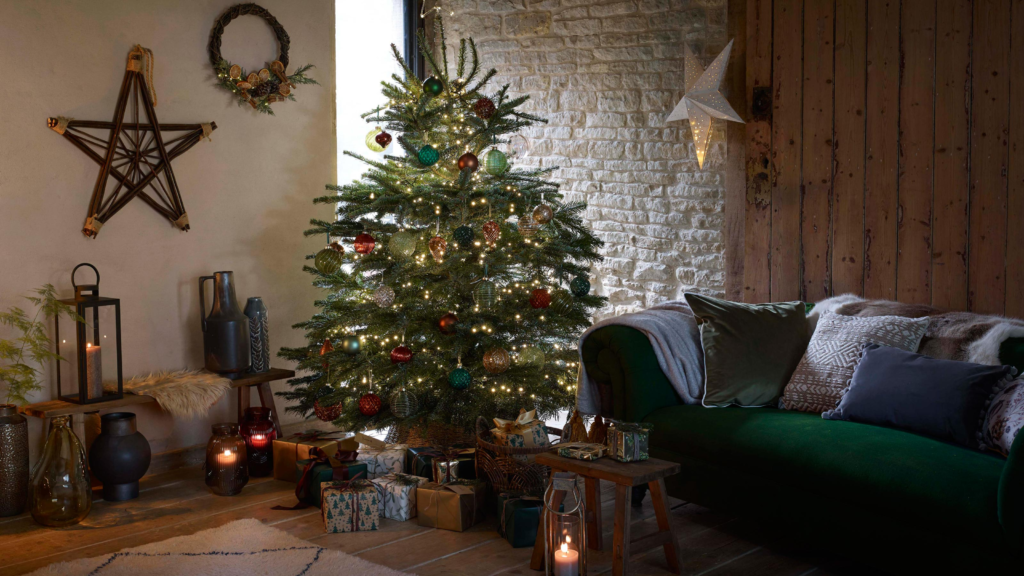
Essential Care Tips
Once you’ve selected your perfect tree, these care practices will help ensure it stays fresh throughout the holiday season:
Fresh Cut Before Setup When you get your tree home, make a fresh cut by sawing off about 1/2 inch from the trunk’s base before placing it in water. This removes dried sap that can block water uptake.
Immediate Hydration Place your tree in water within 4-6 hours of making a fresh cut. Trees can form a new sap seal over the cut within hours, reducing water absorption.
Consistent Watering Schedule Your tree’s water needs might surprise you. A typical 6-foot tree can consume up to 1 gallon of water in the first 24 hours and 1-2 quarts daily thereafter. Never let the water level fall below the cut end of the trunk.
Water Temperature Considerations Despite popular myths, research from multiple university extension services indicates that water temperature (hot vs. cold) makes little difference in tree preservation. Plain tap water works perfectly well.
Tree Preservatives: Worth It? Commercial tree preservatives, homemade mixtures (using ingredients like aspirin, sugar, or bleach), or plain water? Research from the National Christmas Tree Association suggests that clean, fresh water works just as effectively as commercial preservatives.
Optimal Tree Placement
Where you place your tree affects how long it will last:
- Avoid Heat Sources Keep your tree away from fireplaces, heating vents, radiators, and direct sunlight. These can accelerate drying and create fire hazards.
- Lower the Temperature If possible, lower the temperature in the room where your tree is displayed, especially when you’re away from home.
- Increase Humidity Use a humidifier near your tree to counteract dry winter air that can parch your tree’s needles.
- LED Lights Only Traditional incandescent lights generate heat that can dry your tree. LED lights stay cooler and reduce fire risk while extending tree freshness.
Signs Your Christmas Tree Is Ready for Removal
Even with excellent care, your tree won’t last forever. Be alert to these indicators that it’s time to say goodbye:
- Excessive needle drop: When gentle touches cause cascading needles
- Dry, brittle branches: Branches snap rather than bend
- Discoloration: Needles turning yellow or brown
- Diminished fragrance: Little to no pine scent remains
- Poor water uptake: Tree stops absorbing water
For safety reasons, remove your tree when these signs appear, even if it’s before your planned date. According to the U.S. Consumer Product Safety Commission, dried Christmas trees can become fire hazards, with fires involving dry Christmas trees developing and spreading much faster than those involving well-watered trees.
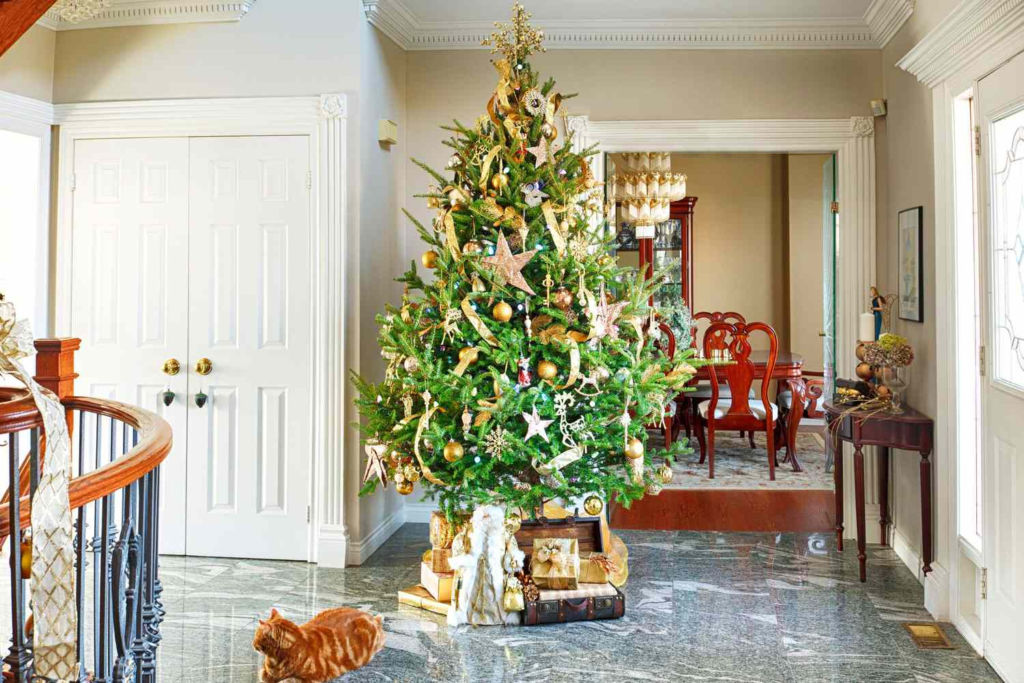
After-Holiday Tree Disposal and Recycling
When the holidays conclude, consider these environmentally friendly disposal options:
Curbside Collection Programs Many municipalities offer special curbside pickup dates for Christmas trees. Check your local sanitation department’s website for schedules.
Recycling Centers Community recycling centers often accept trees for mulching and composting programs.
Garden Use Remove all branches and use them as winter mulch protection for perennial garden plants. The trunk can be saved for garden edging or natural pathway materials.
Wildlife Habitats Place your tree in your backyard to create winter shelter for birds and small animals. You can even decorate it with bird-friendly treats like pinecones coated in peanut butter and birdseed.
Artificial vs. Real Trees: Longevity Comparison
While this article focuses on real Christmas trees, it’s worth noting the lifespan comparison:
Real Trees
- 3-6 weeks indoor display life
- Renewable resource when sustainably grown
- Biodegradable
- Fresh fragrance and experience
- New cost each year: $45-150
Artificial Trees
- 8-12 years average use before replacement
- One-time higher cost: $100-500+
- No watering or maintenance required
- No natural fragrance
- Storage space needed
Conclusion
With proper selection and care, your Christmas tree can remain a beautiful, fragrant centerpiece of your holiday celebrations for up to six weeks. The key factors in extending your tree’s life include selecting a fresh tree of a long-lasting species, making a fresh cut before setup, providing consistent water, and placing it in a cool location away from heat sources.
By following these guidelines, you’ll not only maximize the value of your purchase but also enhance your holiday experience with a beautiful, fragrant tree that remains fresh throughout the season. Remember that proper tree care is also a matter of safety, as well-hydrated trees significantly reduce fire risks during the holiday season.
Whether you’re a traditionalist who always puts up your tree the day after Thanksgiving or someone who waits until mid-December, these care techniques will ensure your Christmas tree remains a fresh, festive focal point until you’re ready to ring in the New Year.
